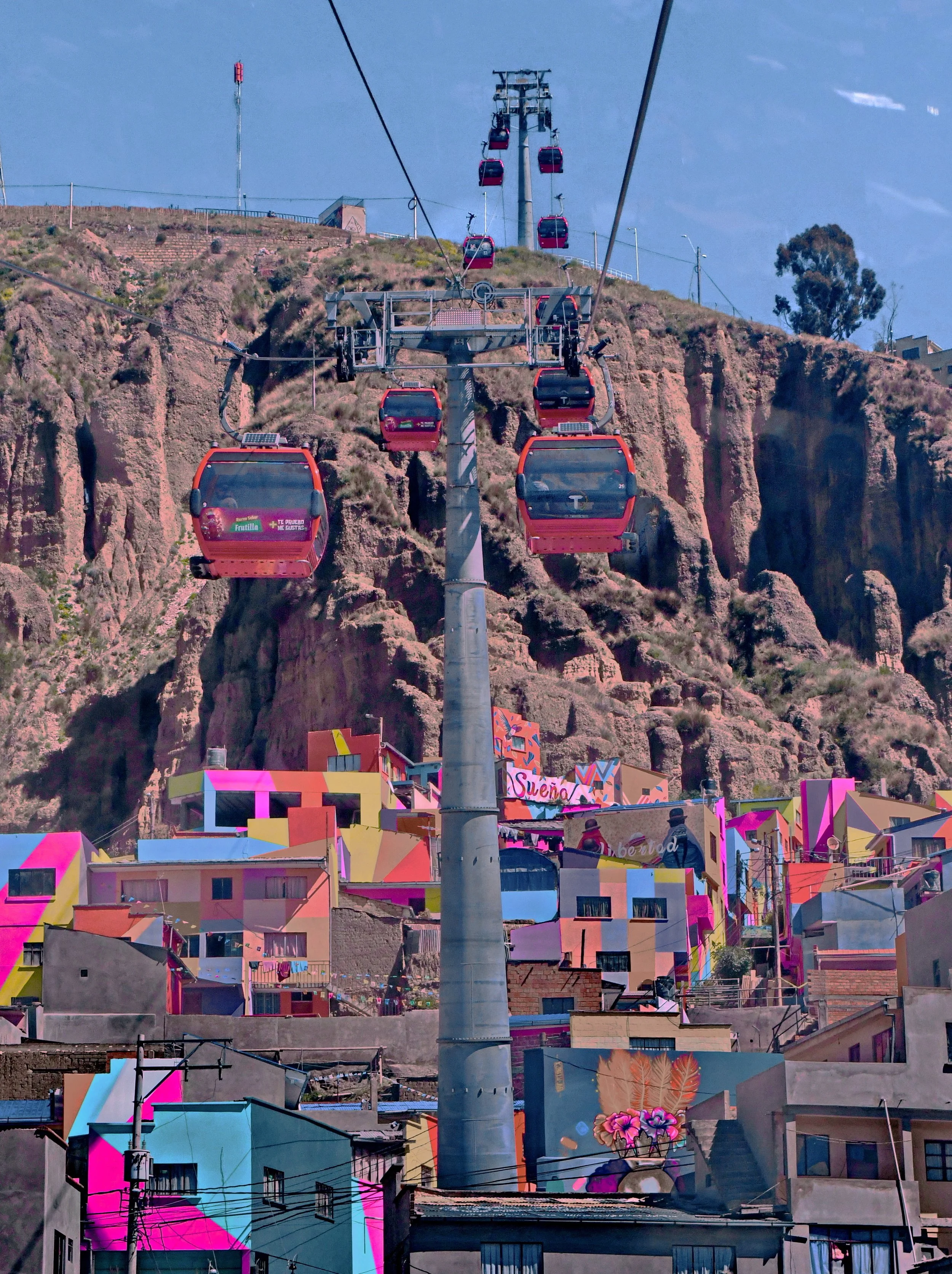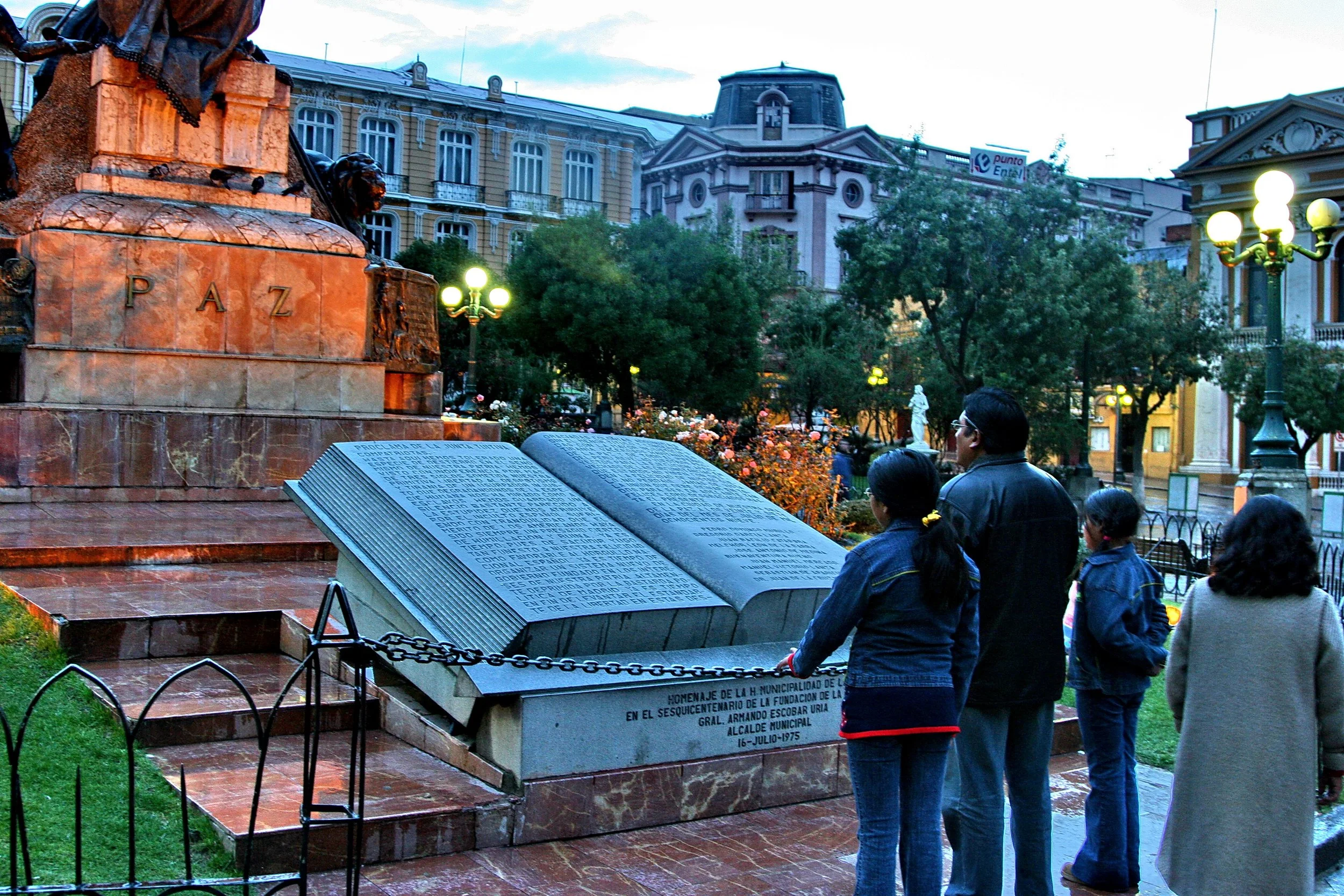
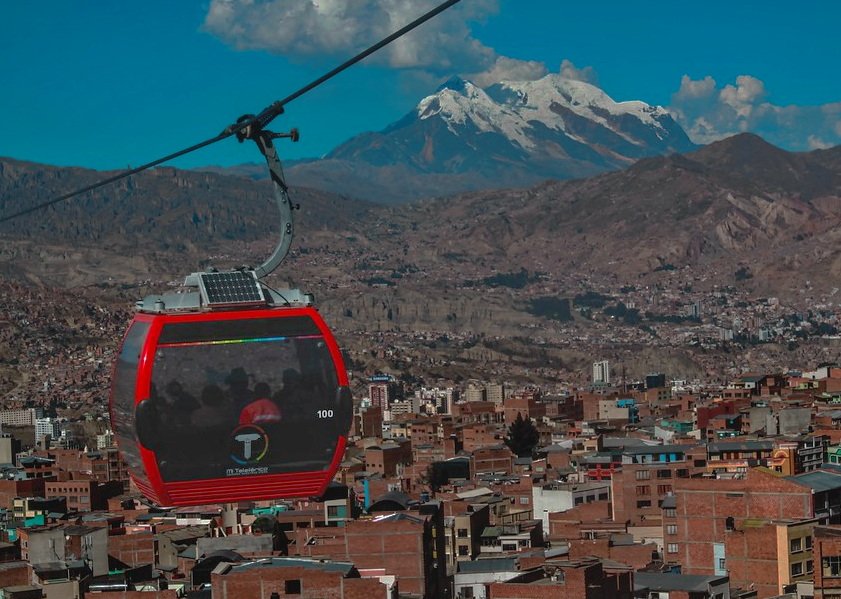
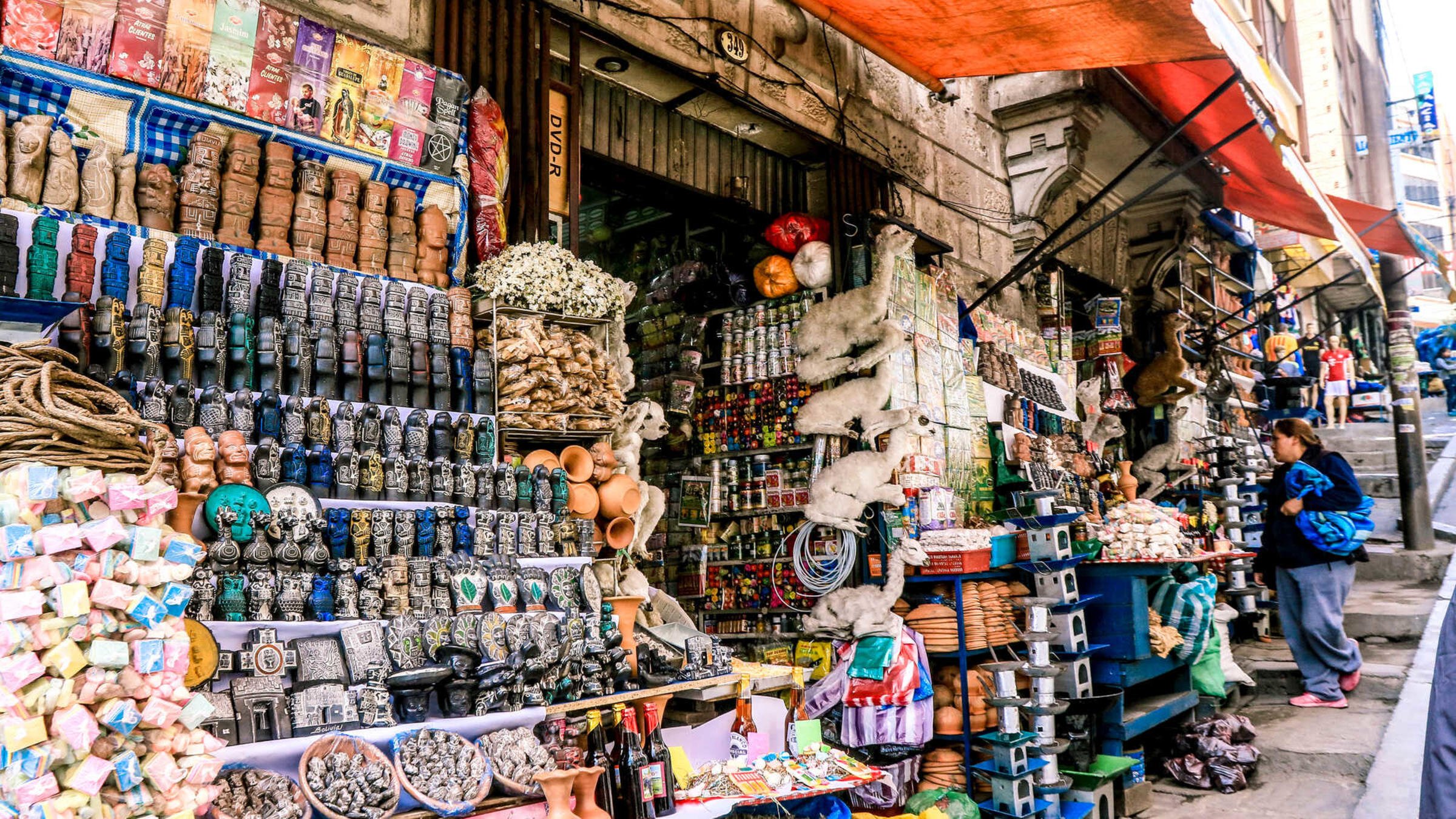
Introduction to La Paz:
A hidden gem in Bolivia - La Paz is a city located in west-central Bolivia, some 42 miles southeast of Lake Titicaca. It is the administrative capital of Bolivia, while Sucre is the constitutional capital and the seat of the Supreme Court. The city was originally founded in Laja by the Spanish conquistador Alonzo de Mendoza in 1548. La Paz is officially known as Nuestra Señora de La Paz and is the de facto capital of Bolivia. At an elevation of 3,650 meters above sea level, La Paz is the highest de facto capital city in the world.
As the administrative capital of Bolivia, La Paz holds significant political importance. It is the seat of government of the Plurinational State of Bolivia. However, the city also has significant touristic significance, with visitors flocking to the area to experience its unique culture, history, and natural beauty. La Paz is a hidden gem in Bolivia, offering a wealth of attractions, including: - The Witches' Market - The San Francisco Church - The National Museum of Ethnography and Folklore - The Valley of the Moon Additionally, La Paz serves as a starting point for downhill biking to Coroico, a thrilling adventure that takes visitors through the stunning Bolivian landscape.
La Paz is a city that truly has something for everyone. Its rich history, vibrant culture, and stunning natural surroundings make it a must-visit destination for anyone traveling to Bolivia. The city's unique location, situated high in the Andes Mountains, provides visitors with breathtaking views and a one-of-a-kind experience. Whether you're interested in exploring the city's historical landmarks, immersing yourself in the local culture, or embarking on an adventure in the great outdoors, La Paz is a destination that should not be missed.
Global66
To ensure you have coverage throughout South America, we suggest using Global66 cards and accounts. These are widely accepted in the region.
Global66 is a financial platform based in Chile that has teamed up with FC Bayern Munich to provide benefits for Latin Americans.
Try Global66 and order your card today. Sign up and get $10 off your first transaction. -click here -
Laja: The birthplace of La Paz
Laja, a small town located in the center of Bolivia, is the birthplace of La Paz. The Aymara people inhabited Laja before the arrival of the Spanish conquistadors, and it was a thriving settlement before the city of La Paz was founded. The history of Laja dates back to pre-Columbian times, and it has played a significant role in the cultural and economic development of the region. The town's strategic location made it an important hub for trade and commerce, and it continues to be an essential center for tourism in Bolivia.
La Paz was founded by the Spanish conquistadors in 1548 at the site of the Native American settlement Laja. The full name of the city was originally Nuestra Señora de La Paz, which translates to "Our Lady of Peace". The city's name was chosen to commemorate the end of the civil war between the Spanish colonial forces and the indigenous population. The founding of La Paz in Laja marked the beginning of a new era for the region, as it became a center of political, economic, and cultural significance.
Laja has a rich cultural heritage that is deeply intertwined with the history of La Paz. The town's traditional architecture, including colonial-era churches and houses, provides a glimpse into Bolivia's past. Additionally, Laja is the starting point for the famous downhill biking trail to Coroico. This trail offers breathtaking views of the surrounding mountains and valleys, and it is a popular activity for adventure-seeking tourists. The cultural significance of Laja, combined with its natural beauty, makes it a must-visit destination for anyone traveling to Bolivia.
Tips And Best Practices
**For a more seamless and delightful experience, it is advisable to plan your trip to La Paz during the dry season. La Paz encounters a rainy season from November to March, characterized by substantial precipitation that can pose difficulties for outdoor activities such as biking. To maximize your enjoyment and make the most of your visit, it is recommended to travel between May and October when the weather is typically drier. This timeframe offers superior conditions for exploring the city and indulging in outdoor pursuits.
**Adjusting to the high altitude is essential when visiting La Paz, as the city is situated at an average elevation of approximately 3,650 meters. Some individuals may experience symptoms of altitude sickness, including headaches, dizziness, and difficulty breathing. To minimize discomfort and potential health hazards, it is important to acclimate appropriately. Take things slowly during your initial days in La Paz, stay hydrated by drinking ample water, refrain from consuming alcohol, and consider chewing coca leaves, a traditional remedy employed by locals to alleviate the effects of altitude sickness..
**Explore the city's cultural and historical sites** - La Paz is rich in cultural and historical heritage. Take the time to explore the city's museums, markets, and iconic landmarks. Visit the Witches' Market to experience the local culture and find unique souvenirs. Don't miss the La Paz Cathedral, which is located in the city's main square, Plaza Murillo. Additionally, the Museum of Ethnography and Folklore provides insights into Bolivia's diverse indigenous cultures.
**Immerse yourself in the abundant cultural and historical treasures of La Paz. Delve into the city's museums, markets, and iconic landmarks to truly experience its rich heritage. Discover the vibrant local culture and uncover one-of-a-kind souvenirs at the renowned Witches' Market. Make sure to pay a visit to the La Paz Cathedral, situated in the bustling Plaza Murillo. For a deeper understanding of Bolivia's diverse indigenous cultures, the Museum of Ethnography and Folklore offers fascinating insights.
**Take a day trip to the Yungas region** - The Yungas region, located just outside of La Paz, is known for its stunning natural beauty and the famous Death Road . Consider taking a day trip to explore this breathtaking area. You can go on a downhill biking adventure along the Death Road, which offers adrenaline-pumping thrills and picturesque views. Alternatively, you can opt for a more relaxed hike through the Yungas' lush forests, enjoying the tranquility and serenity of the area. Note: The tips and best practices provided above are general recommendations based on the given article topic. It's important to conduct further research and adapt these suggestions to your specific needs and circumstances when planning a trip to La Paz.



When embarking on a journey to La Paz, Bolivia, it is crucial to immerse oneself in the delectable local fare. The culinary landscape of this country is rich and varied, with La Paz serving as a hub for experiencing authentic Bolivian cuisine. Among the must-sample delicacies is salteñas, a delectable pastry brimming with succulent meat, potatoes, and vegetables. Additionally, the streets of La Paz offer a tantalizing treat known as anticuchos, where skewered beef hearts are expertly grilled to perfection. Charque is Bolivia's version of beef jerky. Typically crafted from llama meat, although occasionally made with beef, this delectable treat involves the process of salting and air-drying flank cuts.

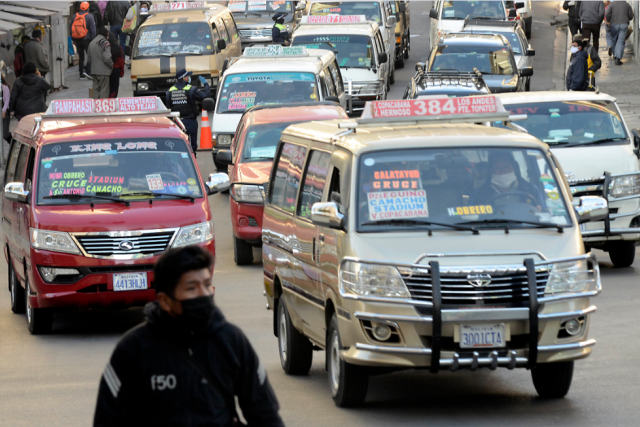
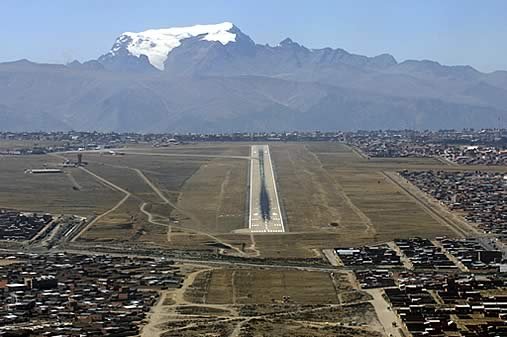
La Paz is a bustling city with a variety of transportation options for both locals and tourists. Two of the most prominent transportation hubs in La Paz are the El Alto International Airport and the La Paz Bus Terminal. While both hubs serve as gateways to the city, they differ in location, modes of transportation, and services offered. In this essay, we will explore the contrasting features of these two transportation hubs and their impact on connecting people to La Paz.
El Alto International Airport is located approximately 13 kilometers from the city center and is one of the highest international airports in the world. It has a capacity to handle up to 6 million passengers annually and serves as a hub for several airlines, including Boliviana de Aviación and LATAM Airlines. The airport offers direct flights to major cities in South America, such as Lima, Santiago, and Buenos Aires, as well as to cities in North America, Europe, and Asia. Transportation options to and from the airport include taxis, buses, and private cars.
The La Paz Bus Terminal is located in the heart of the city and is one of the largest bus terminals in South America. It has a capacity to handle up to 25,000 passengers daily and serves as a hub for several bus companies, including Trans Copacabana and Trans Titicaca. The terminal offers bus services to major cities in Bolivia, such as Cochabamba, Santa Cruz, and Sucre, as well as to neighboring countries, such as Peru and Chile. Transportation options to and from the bus terminal include taxis, buses, and shared vans.
While both transportation hubs serve as gateways to La Paz, they differ in several ways. Firstly, El Alto International Airport is located outside the city, while the La Paz Bus Terminal is located in the heart of the city. This means that getting to and from the airport takes longer and requires more planning compared to the bus terminal. Secondly, the modes of transportation offered at each hub differ. At the airport, private cars and taxis are the most popular options, while at the bus terminal, buses and shared vans (mini-buses) are the most popular options. Finally, the services and amenities offered at each hub also differ. The airport offers services such as duty-free shopping, restaurants, and lounges, while the bus terminal offers services such as food stalls, luggage storage, and ticket offices.
Exploring La Paz, Bolivia: Cable Cars as a Tourist Attraction
La Paz, Bolivia is a city that boasts a unique and innovative transportation system: cable cars. Originally used as a practical means of transportation for locals, these cable cars have now become a popular tourist attraction. In this essay, we will explore the history and development of cable cars in La Paz, the tourist attraction aspect of the cable cars, and the practicality of cable cars as a transportation system in the city.
Cable cars were first introduced in La Paz in 2014 as a solution to the city's transportation problems. The initial purpose of the cable cars was to provide a quick and efficient means of transportation for locals who lived in the city's steep and hilly terrain. However, as the cable cars gained popularity, they were expanded to include a tourist attraction aspect. The cable cars not only provide a unique way to see the city but also offer a bird's eye view of the surrounding Andean mountains. The benefits of cable cars as an alternative transportation system are numerous, including reduced traffic congestion and air pollution, as well as increased accessibility to different parts of the city.
The scenic views and photo opportunities from the cable cars have made them a popular tourist attraction in La Paz. The cultural significance of cable cars in Bolivian history is also a draw for visitors. The cable cars have been a part of Bolivian culture for over a century, and the introduction of modern cable cars has only added to their appeal. The accessibility of cable cars to tourists of all ages and abilities is another benefit. The cable cars are wheelchair accessible, making them a great option for those with mobility issues.


